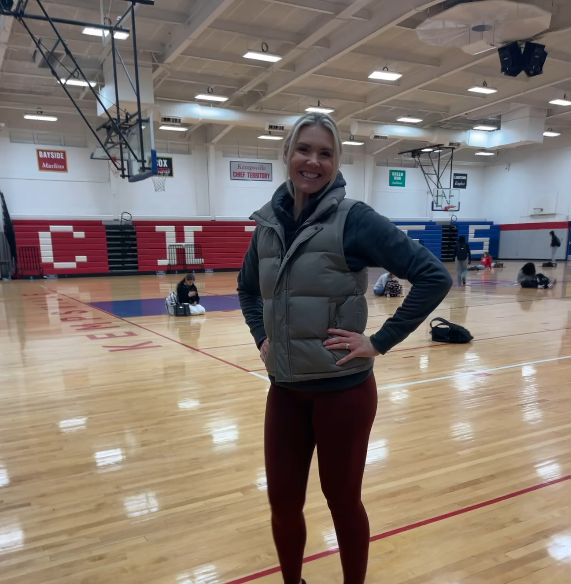Summer is approaching rapidly, so buy your swimwear now! SHEIN carries new, trendy swimsuits ranging from affordable prices like $4.54 or if you are feeling bold $10.59. SHEIN: it’s accessible and affordable, but what’s the dark side?
SHEIN is not the only big company with affordable prices; there’s Forever 21, Zara, Fashion Nova, and even PacSun. What all these companies have in common is low prices with large selections to choose from.
Some companies are applauded for their commitment to low prices, but instead of being celebrated, they should be condemned. Some of society’s most beloved companies are actually fast fashion companies.
Fast fashion companies have ugly truths hiding behind those cheap prices. For instance, fast fashion companies have poor working conditions with unlivable wages for their workers. Furthermore, fast fashion companies have no regard for the environmental effects of overproducing.
According to the Center for Biological Diversity, fast fashion is all about the exploitation of resources and workers to keep up with every single upcoming trend. Officials have estimated fast fashion companies to be responsible for as much as 10 percent of carbon emissions a year.
Not only is carbon emissions a concern, but so is the waste problem behind fast fashion. In every part of the process of textile production, waste is produced. Not only is the production of fast fashion wasteful but so are the mindsets of those supporting fast fashion, from the consumers to those calling the shots.
It is no secret that fast fashion companies are constantly producing new products on a large scale. The Center for Biological Diversity estimated that SHIEN produces a minimum of 50,000 garments a day. SHEIN is just one fast fashion company, this number does not account for the others like Forever 21, Fashion Nova, ect.
However, waste does not lie only with the companies but also the consumers. Now more than ever before, consumers are buying more clothes but wearing less. This contributes to a larger waste problem with garments ending up in landfills and waterways.
Kempsville English teacher, Ms. Green believes this mindset can be attributed to the wanting to look good for cheap and conforming to current trending standards. “We are so indicted with images we should be – you should be this, you should buy this – that becomes so much more powerful than any message we have of child labor, workers’ rights,” says Mrs. Green.
With the urge to always look good and constantly have the newest looks, it’s not surprising that many consumers are constantly getting rid of “old” garments to keep up with the trends. The issue is that most of the clothes ending up in landfills aren’t damaged, and instead appear to be relatively new with a fast fashion company tag still on.
In the age where technology is at the touch of a finger, wanting to fit in and look trendy is normal, but there are other means to go about it. Outside of fast fashion, consumers can shop for used clothing and build a wardrobe that will last.
Lea Moyer, a senior at Kempsville, says one of the best things consumers can do is buy secondhand. Secondhand shopping has had a market shift within the past few years notes Moyer.
“I believe that a lot of people have this mentality of ‘oh secondhand clothing shopping is for people that can’t afford it or like for poor’ and like they just need clothes, but in reality, there’s so much variety within secondhand clothing,” says Moyer when recounting her time working at Plato’s Closet, a second-hand garment store.
Not only does second-hand shopping have more variety, but they typically have clothes made of better quality materials, that become more statement pieces that can’t be replicated, and promote sustainability while still being affordable.
Next time you are looking to add some new pieces to your wardrobe for cheap, try out second-hand shopping at places like Plato’s Closet, Uptown Cheapskate, or thrift stores. If you aren’t sure how to start shopping secondhand, check out this quick article about thrifting.
While fast fashion looks can be tempting with their low price tag, it’s not the best choice for our planet or humanity.








